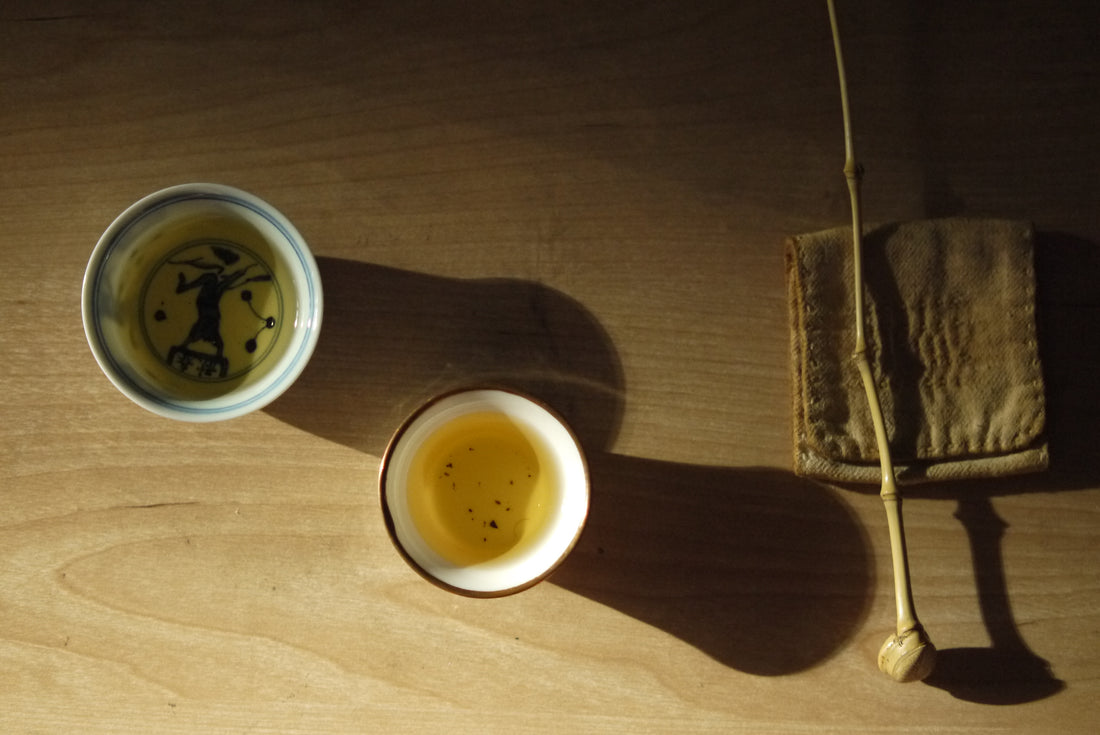Wabi-sabi and the Chinese concept of simplicity and naturalness share similarities but also have some differences in their approach.

Wabi-sabi emphasizes the beauty of things in their natural and unique state, embracing simplicity, modesty, and the imperfect. It values the passage of time and the traces of nature, finding beauty in aging, wear, and even breakage. On the other hand, the Chinese concept of simplicity and naturalness also emphasizes simplicity and natural aesthetics but places more emphasis on the authenticity and spiritual significance of things. It focuses on seeking inner tranquility and contentment, appreciating the simple moments and the innate beauty of things.

In terms of artistic expression, Wabi-sabi emphasizes a sense of understated beauty, often achieved through the use of unique materials and forms. In contrast, the Chinese concept of simplicity and naturalness focuses on depicting natural landscapes and the relationship between humans and nature, as well as the pursuit of natural materials and craftsmanship.

In tea culture, both Wabi-sabi and the Chinese concept of simplicity and naturalness share a pursuit of simplicity and unadorned tea ceremonies. However, Wabi-sabi places more emphasis on the imperfect beauty of tea utensils and leaves, valuing the taste in their natural state. The Chinese concept of simplicity and naturalness places more emphasis on tea etiquette and the interaction between people, highlighting the spiritual connotations of tea.

Overall, Wabi-sabi and the Chinese concept of simplicity and naturalness both embody a spirit of seeking beauty in simplicity, nature, and imperfection. While there are differences, they both reflect an appreciation for nature and inner tranquility in their aesthetic principles

